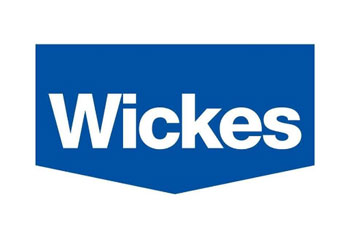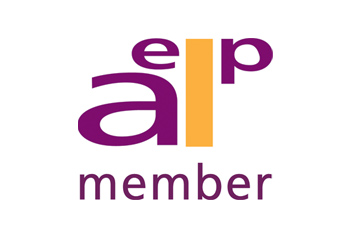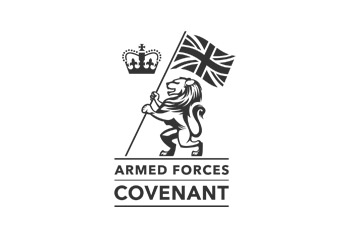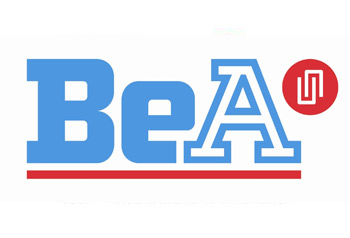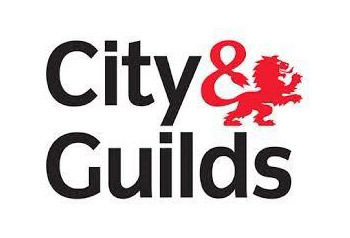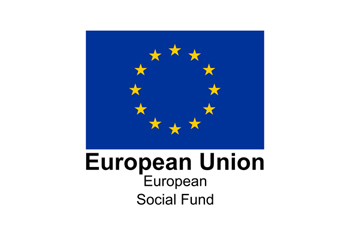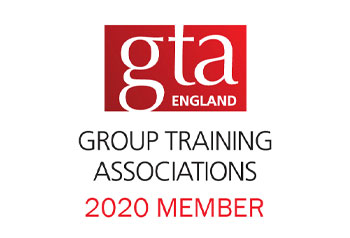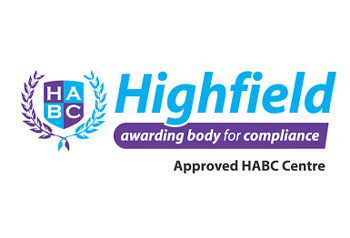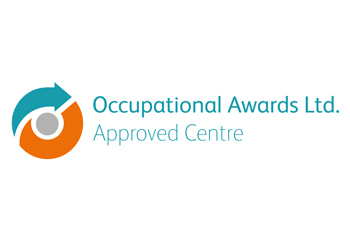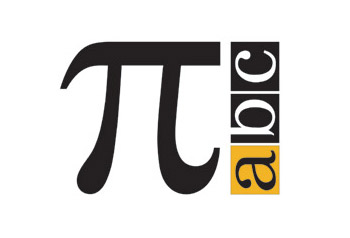There is growing concern that counterfeit PPE (Personal Protective Equipment) is flooding the UK market.
Personal Protective Equipment is equipment that can protect the user against health or safety risks at work. It can include items such as safety helmets, gloves, eye protection, high-visibility clothing, safety footwear and safety harnesses.
How confident are you when you purchase PPE that it conforms to all current legislation?
As an employer you are investing a great deal of time and financial resource into ensuring that PPE is suitable and meets the needs of the individual.
However, recent information released by concerned health and safety groups has found an alarming number of non-compliant PPE products on the market, which has the potential for putting wearers at risk of injury or death.
Under the European PPE Directive, anyone putting protective equipment on the market must ensure it satisfies health and safety requirements, goes through conformity assessment procedures and is properly CE marked. If you are concerned that the CE mark on your PPE is not genuine, you must ask to see a declaration of conformity.
The British Safety Industry Federation (BSIF) has also introduced the Registered Safety Supplier Scheme (RSSS). A scheme which will allow members to make a formal declaration that the products they sell are genuine, legal and meet the appropriate standards. Members of the scheme are subject to independent audits to verify conformity.
What should you consider when choosing PPE?
- Does the equipment protect the wearer from the risks involved in the task and is it suitable for the environmental conditions where the task is taking place? For example, eye protection that is designed to protect against agricultural pesticides may not offer adequate protection when using an angle grinder to cut steel or stone.
- Does using Personal Protective Equipment increase the overall level of risk or add new risks, e.g. by making communication more difficult?
- Can it be adjusted to fit the wearer correctly?
- What are the needs of the job and the demands it places on the wearer? For example, the length of time the PPE needs to be worn, the physical effort required to do the job or the requirements for visibility and communication.
- If someone wears more than one item of PPE are they compatible? For example, does using a respirator make it difficult to fit eye protection properly?
When selecting PPE:
- Choose good quality products which are CE marked in accordance with the Personal Protective Equipment Regulations 2002 – suppliers can advise you on this.
- Choose equipment that suits the wearer – consider the size, fit and weight; you may need to consider the health of the wearer, e.g. if equipment is very heavy or wearers have pre-existing health issues, standard PPE may not be suitable.
- Let users help choose it as they will be more likely to use it.
Using and distributing PPE to your employers:
- Instruct and train people how to use it.
- Tell them why it is needed, when to use it and what its limitations are.
- Never allow exemptions for those jobs that ‘only take a few minutes’.
- If something changes on the job, check the PPE is still appropriate – speak with your supplier, explaining the job to them.
Always ask suppliers for a declaration of conformity / original certification for the PPE.
Request suppliers to define their sample testing and their process of Quality Assurance.
